black maple vs. sugar maple
Sarah80
11 years ago
Featured Answer
Comments (8)
sam_md
11 years agoSmivies (Ontario - 5b)
11 years agoRelated Professionals
Avocado Heights Landscape Contractors · Brookline Landscape Contractors · Dallas Landscape Contractors · Flagstaff Landscape Contractors · Fridley Landscape Contractors · Quincy Landscape Contractors · Black Forest Siding & Exteriors · East Brunswick Siding & Exteriors · Orem Siding & Exteriors · West Haven Siding & Exteriors · Wheeling Siding & Exteriors · Dedham Decks, Patios & Outdoor Enclosures · Fort Pierce Decks, Patios & Outdoor Enclosures · Salem Decks, Patios & Outdoor Enclosures · St. Louis Decks, Patios & Outdoor Enclosureshairmetal4ever
9 years agoedlincoln
9 years agowhaas_5a
9 years agohairmetal4ever
9 years agowisconsitom
9 years ago
Related Stories
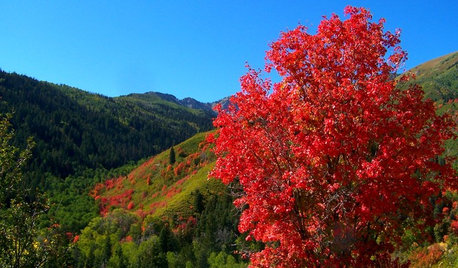
GARDENING GUIDESBigtooth Maple, the West’s Native Sugar Maple
Plant Acer grandidentatum for cool shade, brilliant autumn colors and songbird habitat
Full Story
GARDENING GUIDES12 Japanese Maples for a Sunny Garden
The right maple in the right place shines in hot summer sun
Full Story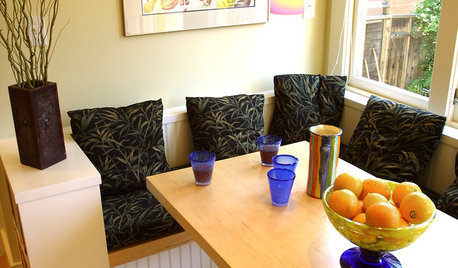
MATERIALSWoodipedia: Maple Is a Marvel Around the House
A heavy hardwood with lots of potential, maple appeals to modern sensibilities and won't break your budget
Full Story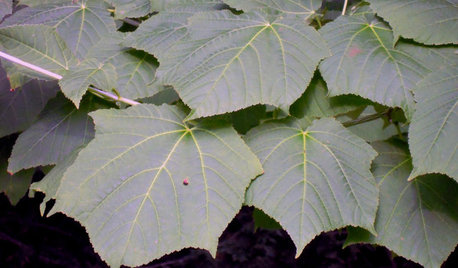
GARDENING GUIDES5 Amazing Small Maple Trees
There's more to maples than syrup. Expand your maple milieu with any of these 5 small and unusual trees
Full Story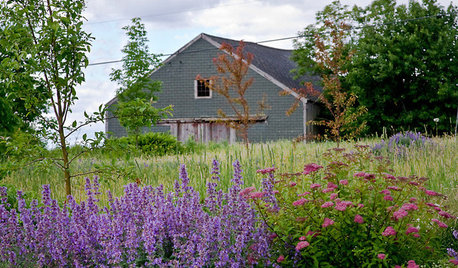
GARDENING AND LANDSCAPINGLandscape Tour: Two Acres of Rural Hillside in Maine
An orchard of crab apples, a grove of sugar maples, even a hayfield ... pastoral landscape beauty doesn't get more idyllic than this
Full Story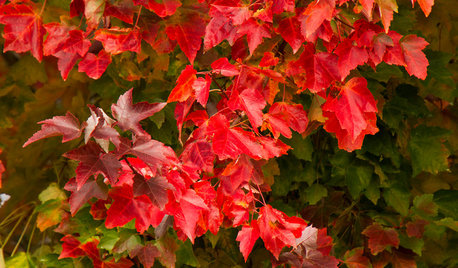
TREESGreat Design Plant: Acer Rubrum Brings Shade and Beauty
Red maple — a fast-growing, low-maintenance Eastern native — has spectacular fall foliage and early-spring flowers that feed pollinators
Full Story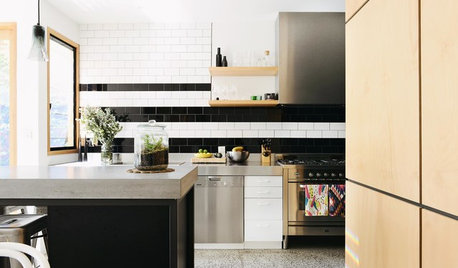
COLOR10 Pair-Ups for Black in the Kitchen
Combine black with other colors to add drama, polish and modernity. It also can make a kitchen look more spacious
Full Story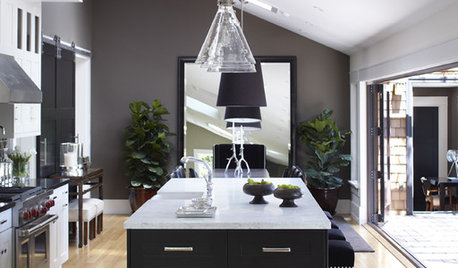
BLACKCooking With Color: When to Use Black in the Kitchen
Consider sampling Caviar or Cracked Pepper on your kitchen walls or cabinets for richness and impact
Full Story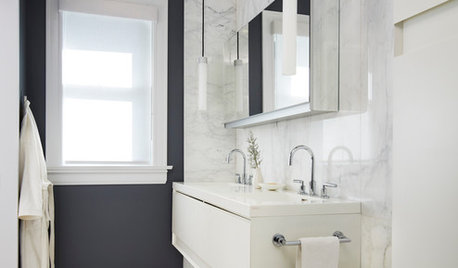
COLORBathed in Color: When to Use Black in the Bath
Dare to bring black in for a dramatic and elegant bath that's different from all the rest
Full Story
COLORDreaming in Color: 8 Beautiful Black Bedrooms
Make your sleeping space elegant and calming sans cave-like vibe, with these tips for using black walls, flooring and furniture
Full Story







DarylJ